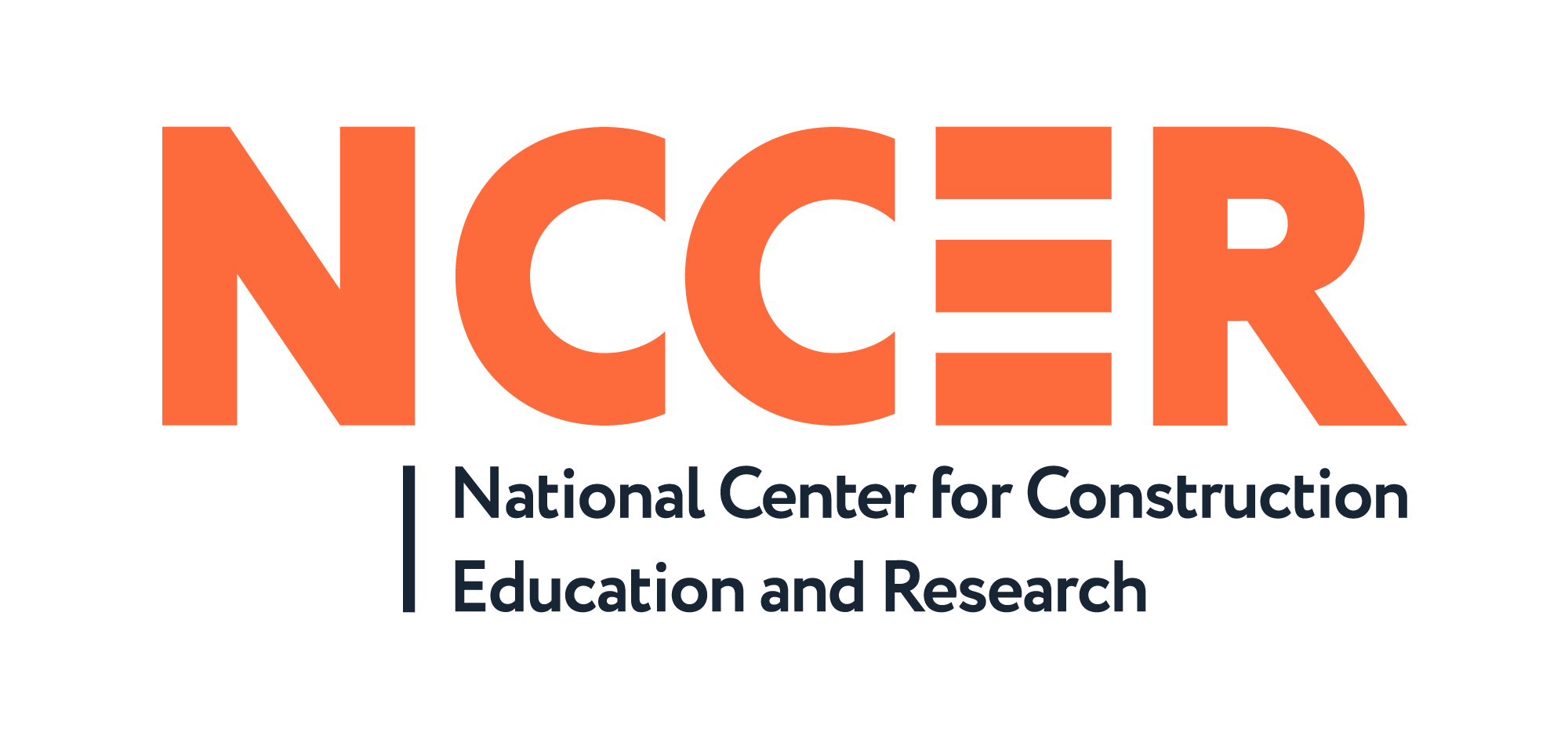Future Masons
The Masonry Program prepares students for entry-level jobs in the architecture and construction industry. The program provides students with hands-on training associated with masonry and brick laying. Students in this program earn their OSHA-10 and NCCER-Level 1 certifications.

Program Outcomes
By the completion of this program, students will be expected to demonstrate an introductory level of competency in the following skills:
Related Careers
become Career and College ready at rowanty technical center!
are you a prince george, dinwiddie, or sussex county student interested in learning more about rowanty?
let us know!
